“You don’t have to cut a tree down to get at the fruit”
Khmer Quote

Sandwiched between Vietnam and Thailand lies the mysterious land of the Khmer people, Cambodia. Famous for the mighty Mekong river and its tragic recent history, Cambodia’s crown jewel lies at the outskirts of the city of Siem Reap and close to the Tonle Sap lake in the Northwest of the country. Here lies the famous Angkor Wat, a collection of temples hidden deep inside the jungle, which is considered one of the largest temple structures in the world (and which is currently on the flag of the country). To me personally, visiting this place back in January of 2020 was a dream come true (yes, right at the time when the Covid pandemic was starting!), and the pictures/videos do not quite capture the grandeur of this place.

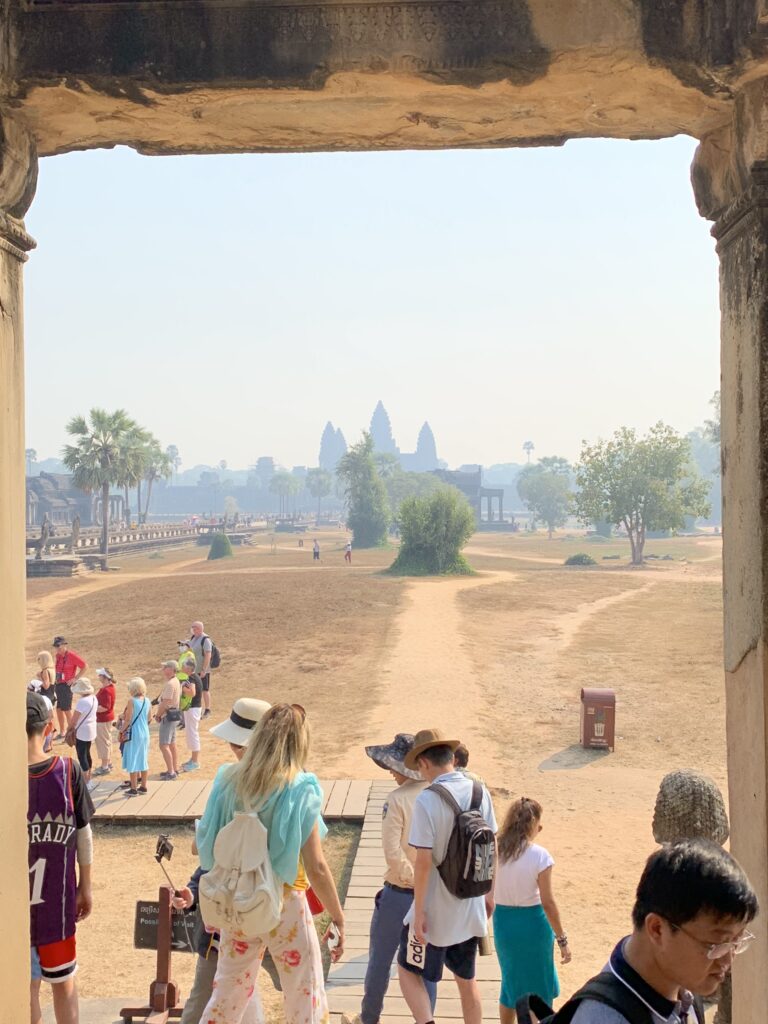
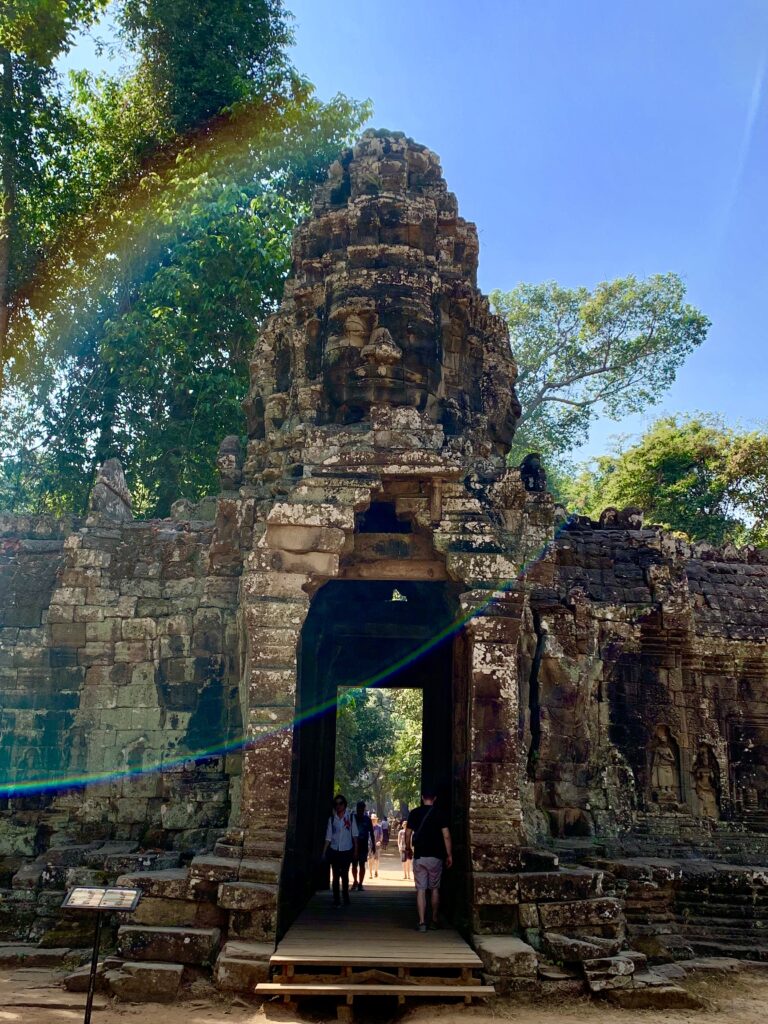

Welcome to Cambodia!
Itinerary
- I first landed in Phnom Penh, the capital of Cambodia, which I flew into from Ho Chi Minh City, Vietnam (which we will talk about in a future blog post).
- I spent a few days in Phnom Penh exploring the city through a local guide tour I found online. Notable places I visited included the Royal Palace, the Cambodia National Museum, Tuol Sleng Genocide Museum, and multiple small temples and sights around the Mekong River.
- Then, I took a bus towards Siem Reap, which usually takes 4-5 hours with a lunch break in the middle. The ride itself was beautiful with great views of the countryside.
- At Siem Reap, I stayed at a local hotel called Savada Angkor Boutique Hotel, which I booked in advance. This hotel provides tours and transportation and was therefore one of the reasons I picked this place. I exclusively took tuks-tuks throughout my stay for transportation.
- I spent a few days exploring the vast temple complexes close to the city, which included 5 major temples, with the biggest and most well-known one being Angkor Wat. The breadth of the place, the intricacy of the architecture, and the significance of the place can narrowly be summed up with one word: awe-inspiring. I also made sure to visit the others, namely Ta Phrom, Bayon, and Preah Khan temples. Finally, I also made sure to come back to see the temples around sunset time for a surreal photography shoot.
- On the last day, I took a tuk-tuk to the nearby Tonle Sap lake, where I did a private boat ride into the local villages (including the floating wooden houses) and had lunch in the middle of the serene lake on a floating restaurant.
- Finally, I flew out of Siem Reap’s International Airport into Phuket, Thailand (which will be covered in a future blog post).
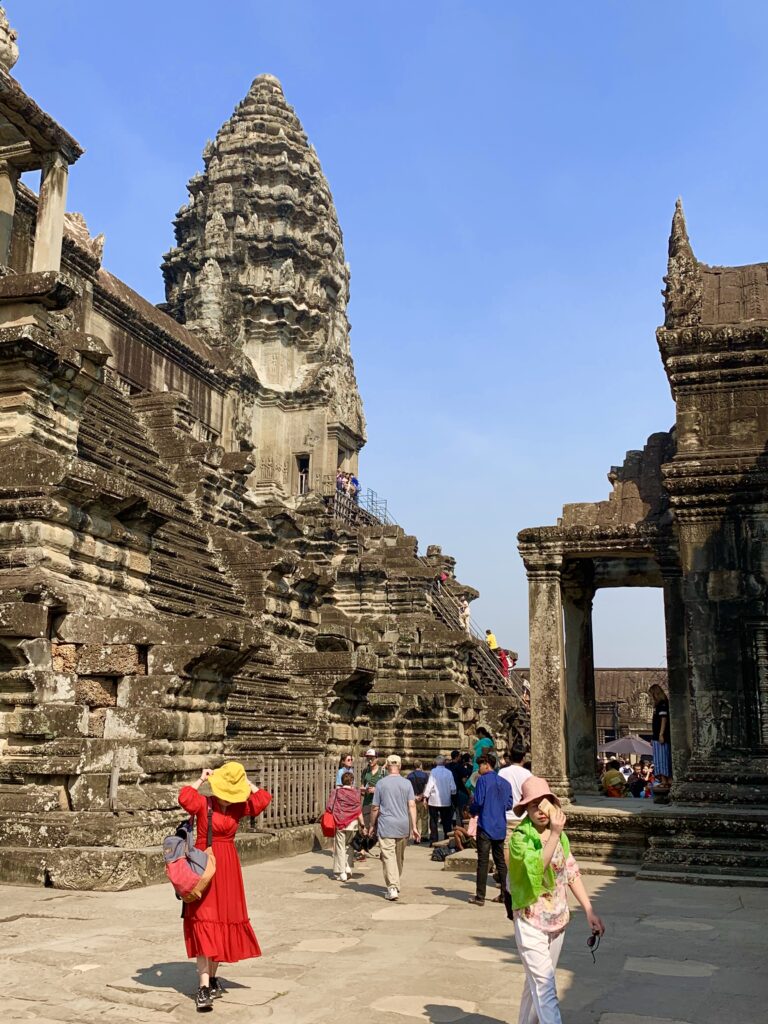


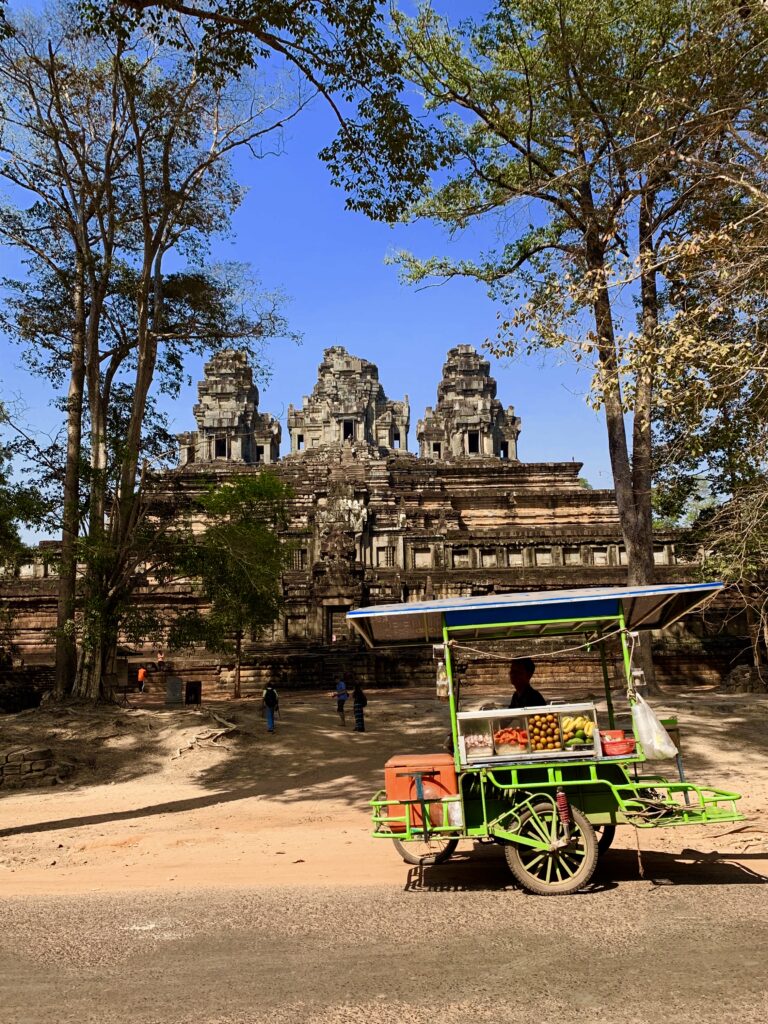
A Few Tips
- Make sure your vaccinations are up to date, including Typhoid fever. Consult with your primary care doctor or a travel clinic. Also, make sure to pack some emergency medications for nausea and food poisoning.
- Credit cards can be used in certain places, but make sure to carry some paper currency because there are places that have no access to credit card systems. The Cambodian riel is the official currency but US dollars are used widely.
- The temple complexes are vast around Siem Reap. I elected to hire a local tuk-tuk for transportation from one place to the other, and they are extremely affordable (did the same in the capital, Phnom Penh). You can talk to most hotel concierges/receptions who can arrange this for you. Inside the temples, however, I elected to walk around by myself at my own pace.
- Siem Reap has an international airport that has direct flights to some European destinations, so no need to go to the capital! I wanted to take the bus because it was cheaper and to drink in the scenery of the countryside, but you can take a plane and even a ferry ride from the capital to Siem Reap!
- There are some instances of mugging that I heard of that happened to some tourists, especially in the capital. Follow common sense rules and make sure to wear a waist fanny pack to put your valuables in and so it can be in your line of site.
- Make sure to mostly drink bottled water- tap water can be problematic in some areas (unless boiled or treated)
- Cambodia had a violent recent history that included the largest concentration of land mines in the country due to decades of war. While most have been deactivated and removed, make sure to not wander into unknown territory without a local guide, especially in rural areas. I have not personally experienced this since I stuck to the big cities, but it is worth mentioning.
- Fun fact: Cambodia has “bum guns”! I personally loved them, as they help clean your nether regions when nature calls, like a hand-held bidet.
- At Angkor Wat, there are a lot of “sunrise tours” that are sold and they are pretty popular. However, I elected to go for a “sunset” view (from the other side of the temple) which is less crowded and much cheaper (plus you did not have to wake up super early!). I just simply paid a local tuk-tuk to take me to the other side around sunset time.
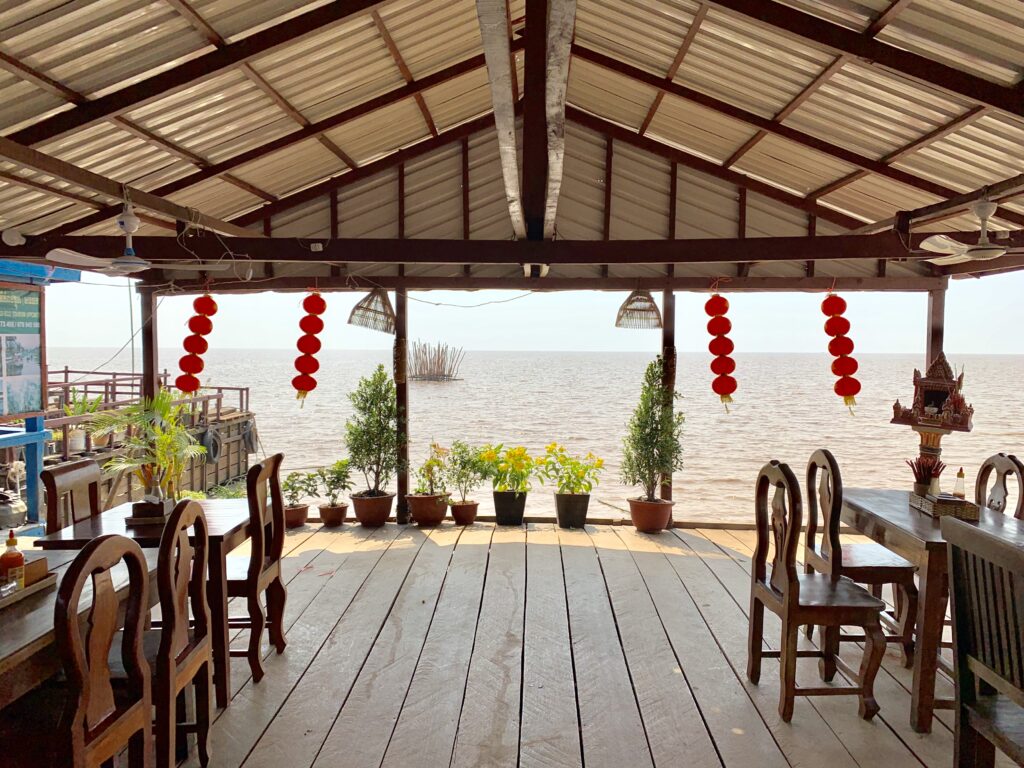
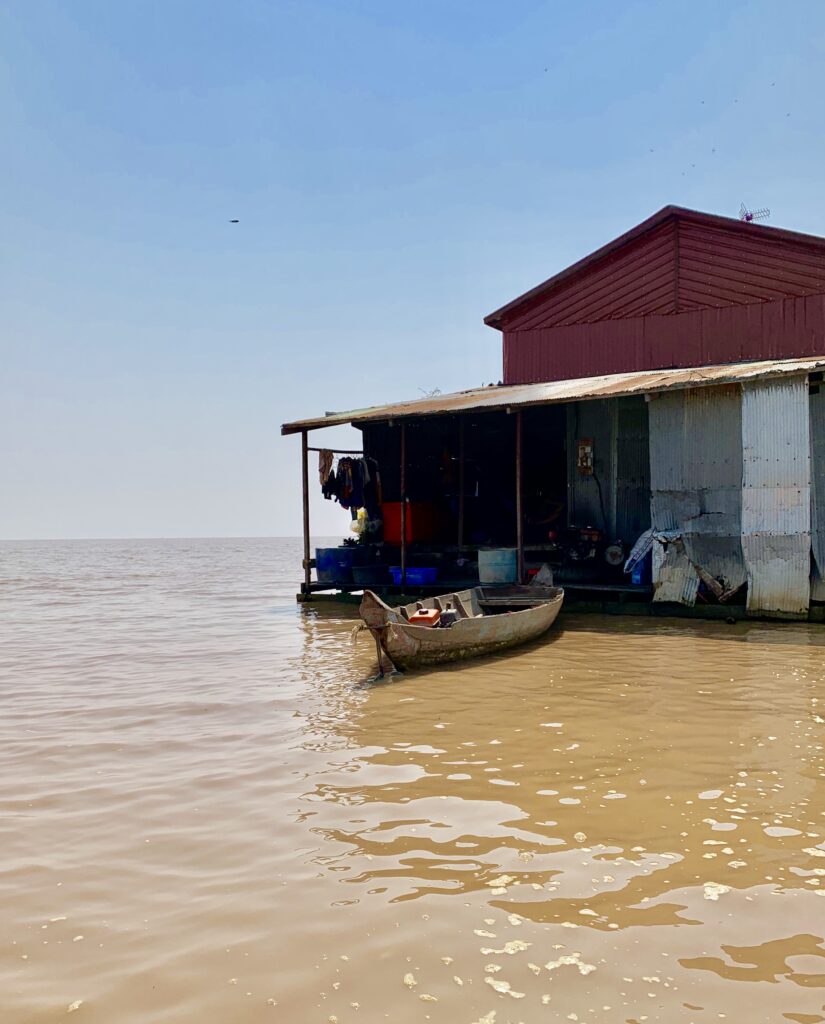
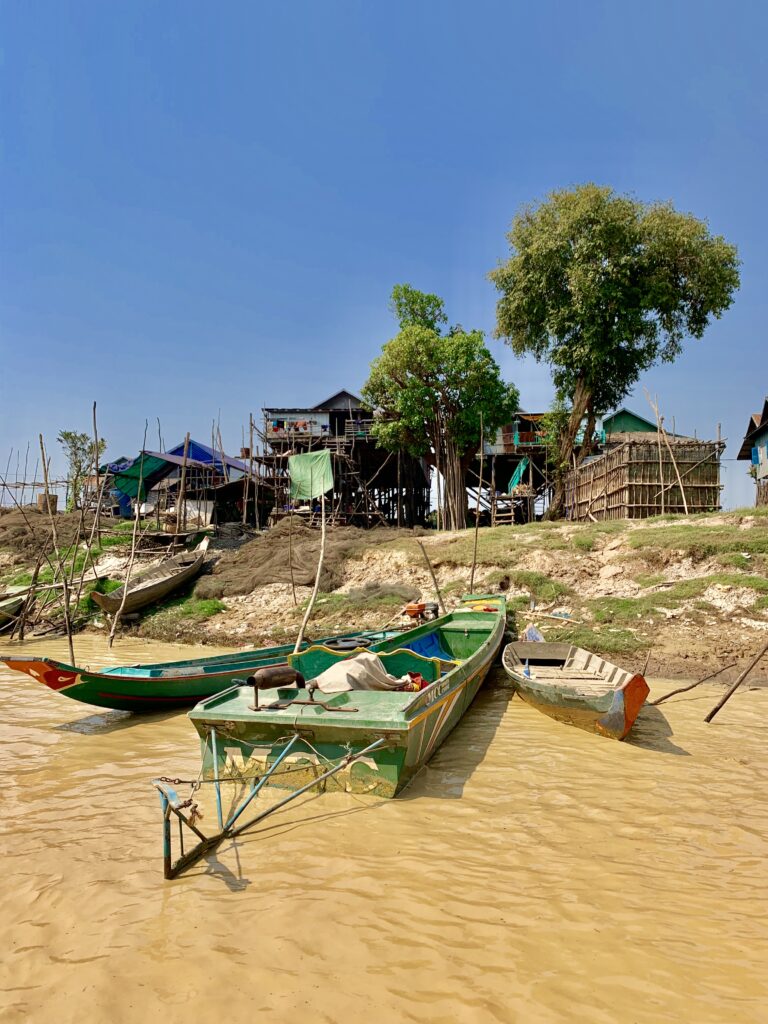

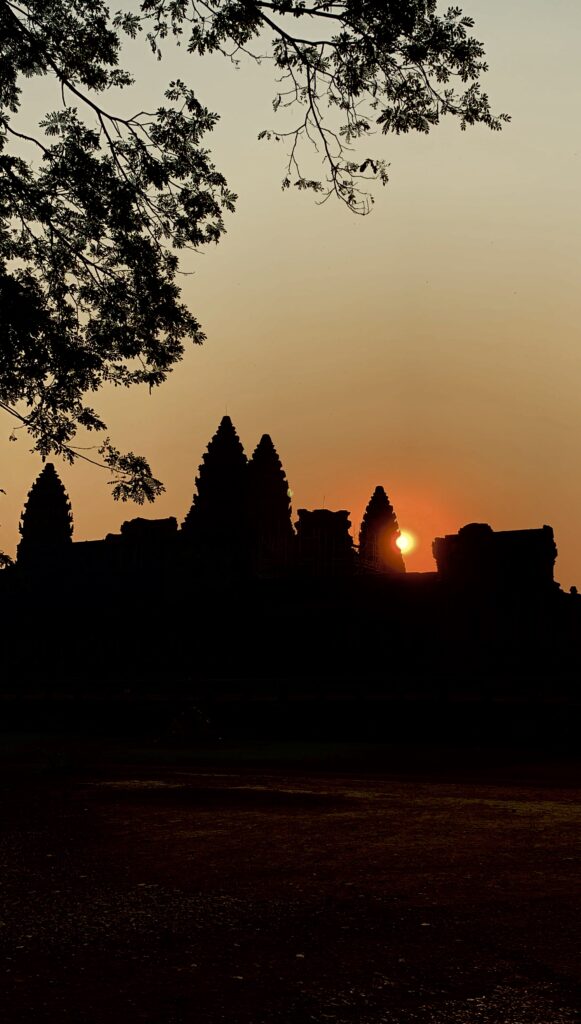
Check out even more places on my instagram page, Doctor on the Plane! @doctorontheplane
Other Top Posts!
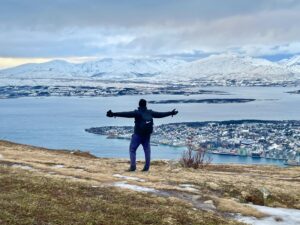
Into the Fjords of Norway
“Travel far and wide and you should possess the secrets of man…” Viking Quote Intersected by fjords, covered in snow, grazed by reindeer, illuminated by
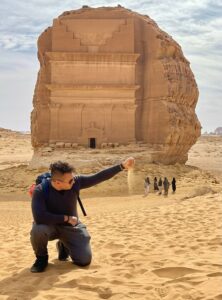
Into the Ancient Lands of AlUla, Saudi Arabia
“My tough equation: I love to travel, but I hate to leave!” Sarah Darwish (Arab Writer) In the arid deserts of North Arabia lies the
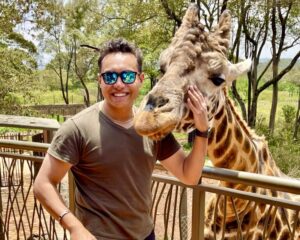
Into the Heartland of East Africa, Kenya…
“To live long is to see much” Swahili Proverb Although known mostly for the inland savannah plains of the Maasai Mara, Kenya boasts beautiful beaches